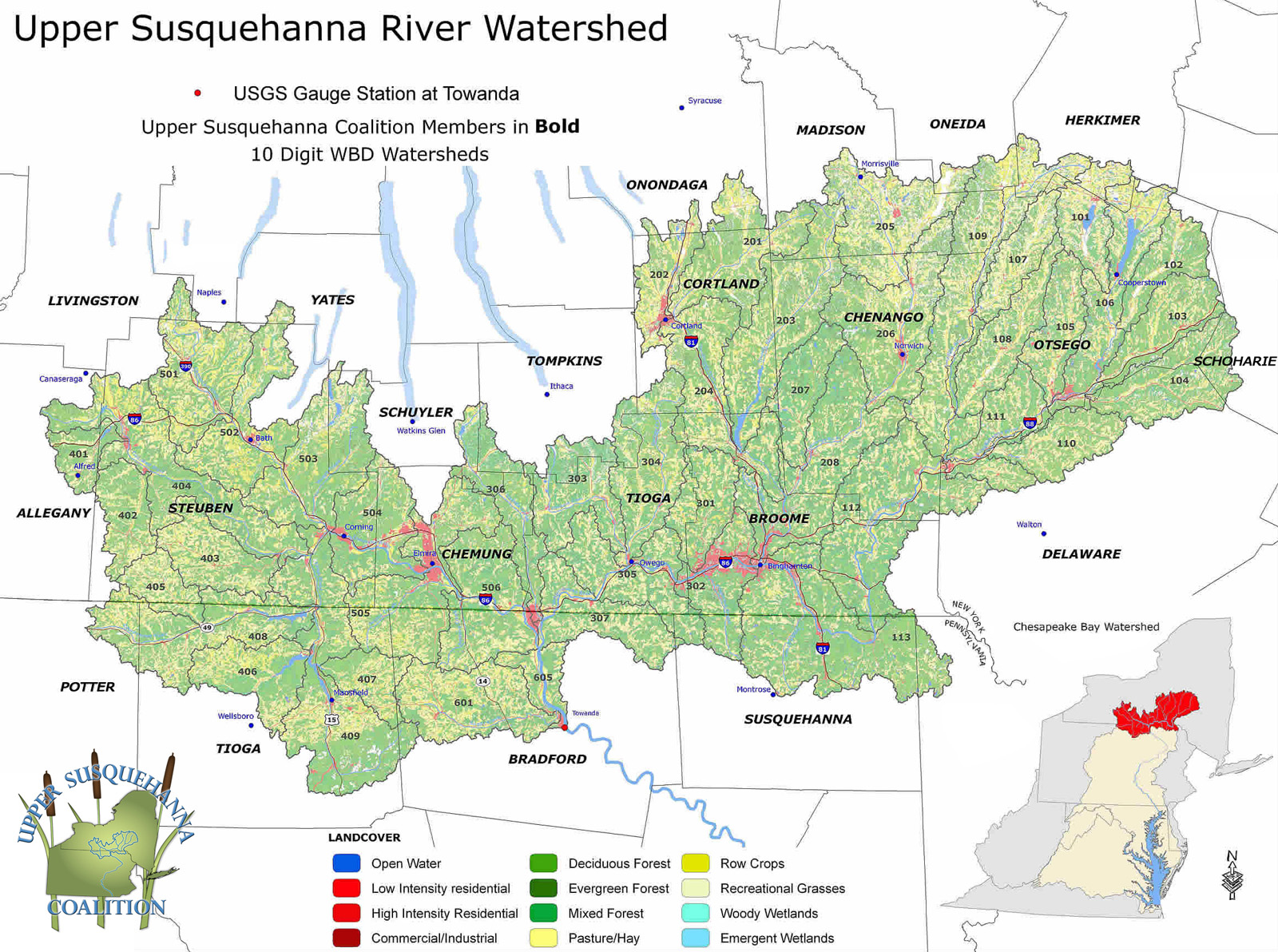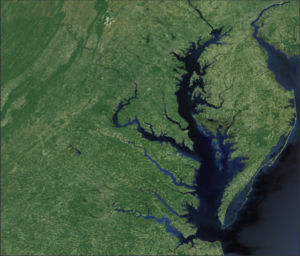USC Ag Team
The USC acts as a resource agency to farmers, districts and other entities to share ideas, skills and funding opportunities that aid operations in reaching environmental goals.
The USC Ag Team consists of SWCD technical staff from multiple counties and our USC Ag Coordinator working together to support and assist agricultural operations within the coalition. Technical assistance includes:
- documenting farm data and Best Management Practices (BMPs)
- developing watershed and site-specific agricultural plans
- implementing and evaluating practices.
Technical assistance often begins with enrolling farms in the Agricultural Environmental Management (AEM) Program. AEM acts as a planning tool to identify resource concerns within the farm operation. AEM, a voluntary program, identifies strategies to address resource concerns without negatively impacting the economic viability of the farm. Our overall goal for agricultural management strategies is to improve water quality within the Chesapeake Bay Watershed.
Ag Team Goals
- Increase knowledge and understanding of BMP Verification Program.
- Increase Nutrient Management Planning efforts.
- Continue to seek additional funding opportunities.
- Increase Best Management Practice implementation to improve water quality locally, and in the Chesapeake Bay.
- Increase capacity within district offices through addition of technical and engineering staff.
Targeted 2025 Projects
- Continue to work with the University of Vermont on the
customization of the GoCrop Record Keeping Application
for farms within the Upper Susquehanna Watershed in NY. - Coordinate Round 3 RCPP Project Funding and Implement Projects from Round 1 and 2.
- Provide Trainings to SWCD and partners as needed.
- Continue to focus our efforts on capturing all implemented BMPs and data reporting as we approach the 2025 deadline.
- Reflect on how far we have come, while charging ahead on a path toward even better water quality!
Ag Team Events
Ag Team News
Upper Susquehanna Coalition Honored for Work in Agriculture
Submitted By: Troy Bishopp Madison County SWCD Albany, NY---Earth Day 2021 received a helping hand from your family
Introducing Our Customers!
With remote learning and connecting so high on everyone's radar, the USC Outreach Team decided that
Getting Shock Value to the Back Forty
Submitted By: Troy Bishopp Madison County SWCD / USC Grazing Specialist Last month, we completed an organic 4


 surface waters, is common throughout the watershed. This pollution affects local streams, but compounds when those streams empty into the Bay, and dramatically affects the Chesapeake Bay itself.
surface waters, is common throughout the watershed. This pollution affects local streams, but compounds when those streams empty into the Bay, and dramatically affects the Chesapeake Bay itself.

